Deciphering the Trajectory of Gold Prices in 2025: An Expert’s Perspective
As the global economy navigates through unprecedented geopolitical shifts, inflationary pressures, and evolving monetary policies, understanding the key market indicators influencing gold prices in 2025 becomes paramount for investors and analysts alike. Historically considered a safe haven asset, gold’s trajectory in the coming year will be shaped by a complex interplay of macroeconomic factors, supply-demand dynamics, and institutional behaviors.
Advanced Market Drivers: Beyond Conventional Wisdom
How Will Geopolitical Tensions Influence Gold’s Valuation in 2025?
Geopolitical tensions, including conflicts and trade disputes, tend to escalate demand for gold as a hedge. In 2025, ongoing global uncertainties—such as regional conflicts and shifts in international alliances—could amplify gold’s role as a secure store of value. This is supported by recent analyses from the IMF, which highlight how geopolitical risks correlate with increased gold holdings among central banks and investors.
Supply and Demand: The Balancing Act in 2025
Understanding gold’s supply-demand dynamics is critical for accurate price forecasting. On the supply side, mining outputs and central bank sales or purchases exert significant influence. Meanwhile, demand facets—ranging from jewelry consumption to technological applications—continue to evolve. For example, the burgeoning use of gold in renewable energy technologies could augment industrial demand, thereby impacting prices.
For a comprehensive view of these factors, explore this detailed analysis.
Market Sentiment and Institutional Behavior in 2025
Investor sentiment, driven by inflation expectations and currency fluctuations, remains a potent force. The Federal Reserve’s monetary policy stance and central bank gold purchases are especially influential. As per recent reports, there is an observable trend of central banks diversifying reserves with gold, signaling a long-term shift towards gold accumulation.
Expert Insight: Will Gold Outperform Stocks in 2025?
This question persists among market analysts. While stocks may offer growth potential, gold’s resilience amid inflationary pressures makes it a compelling hedge. Analyzing this comparative study reveals nuanced scenarios where gold can outperform equities, especially in turbulent economic periods.
Conclusion: Navigating 2025’s Gold Market with Informed Precision
Investors should monitor macroeconomic signals, geopolitical developments, and central bank policies to anticipate gold price movements accurately. Engaging with expert analyses and leveraging advanced investment strategies—such as diversified holdings in gold coins and bullion—will be crucial for capitalizing on emerging opportunities in 2025.
Interested in deepening your understanding? Consider exploring comprehensive market reports or consulting with expert financial advisors specializing in precious metals.
Decoding the Impact of Global Supply Chains on Gold Prices in 2025
One often overlooked aspect influencing gold prices is the complexity of global supply chains. Disruptions caused by geopolitical conflicts, pandemics, or trade policy shifts can lead to fluctuations in gold availability, thereby affecting prices. For instance, recent analyses from the Buying Gold Now platform highlight how supply chain bottlenecks contribute to short-term price volatility. Investors who understand these nuances can better anticipate market movements and adapt their strategies accordingly.
The Role of Innovation and Technology in Shaping Future Demand
Can Emerging Technologies Drive Sustainable Gold Demand in 2025?
Emerging technologies, particularly in renewable energy, electronics, and medical applications, are poised to significantly influence gold’s industrial demand. Innovations such as quantum computing and advanced solar panels leverage gold’s unique properties, potentially increasing its industrial consumption. This intersection of technology and commodities underscores the importance of staying informed about industry-specific demand trends, which can serve as early indicators of price shifts. How might these technological advances redefine gold’s role in a sustainable future?
To explore these developments further, investors should consider diversifying their holdings through a mix of physical assets and diversified funds, such as gold coins and bullion or ETFs that track technological demand trends.
Behavioral Economics and Market Sentiment: Are We Witnessing a Paradigm Shift?
Market sentiment, driven by collective investor psychology, often diverges from fundamental indicators. In 2025, behavioral economics suggests that investor biases—such as herd behavior or overconfidence—could amplify price swings. For example, increased media coverage of geopolitical tensions or inflation fears may lead to speculative buying or selling. Recognizing these patterns is crucial for seasoned investors aiming to navigate volatility. Leveraging tools like sentiment analysis and market psychology frameworks can provide a competitive edge.
For a strategic approach, consider engaging with expert resources or consulting with financial advisors who specialize in precious metals and behavioral analysis.
How Will Central Bank Policies Continue to Shape Gold’s Trajectory in 2025?
Central banks remain pivotal players in gold markets. Their policies—ranging from reserve diversification to gold leasing—can exert substantial influence on prices. Recent trends indicate a long-term shift towards accumulation, driven by efforts to hedge against currency devaluation and geopolitical risks. Notably, understanding how central bank gold purchases and sales impact market dynamics is vital for investors aiming to time their entries and exits effectively.
For comprehensive insights, explore this detailed analysis, which offers guidance on interpreting central bank activities and their implications for 2025.
Are you curious about how these multifaceted factors intertwine to influence gold prices? Share your thoughts below or read more about market trends and expert forecasts to deepen your understanding of this dynamic landscape.
Unraveling the Intricacies of Gold Price Fluctuations in 2025: A Deep Dive for Sophisticated Investors
As global financial ecosystems evolve amid increasing geopolitical uncertainty and technological innovation, understanding the nuanced factors that influence gold prices in 2025 becomes essential for seasoned investors. Beyond traditional supply-demand models, advanced analytical frameworks now incorporate behavioral economics, institutional policy shifts, and technological integration to forecast gold’s trajectory more accurately.
Emerging Macro-Financial Indicators: A Multidimensional Approach
How Do Cross-Border Capital Flows and Currency Realignments Interact to Shape Gold Valuation?
Capital mobility and currency fluctuations are intertwined with gold’s valuation, especially in a year marked by fluctuating U.S. dollar strength and regional currency realignments. Sophisticated models, such as those integrating the International Monetary Fund’s (IMF) Financial Soundness Indicators and the BIS’s cross-border capital flow data, reveal that periods of dollar depreciation often coincide with increased gold demand from emerging markets seeking to hedge currency risks. This dynamic underscores the importance of monitoring macro-financial indicators that extend beyond conventional metrics.
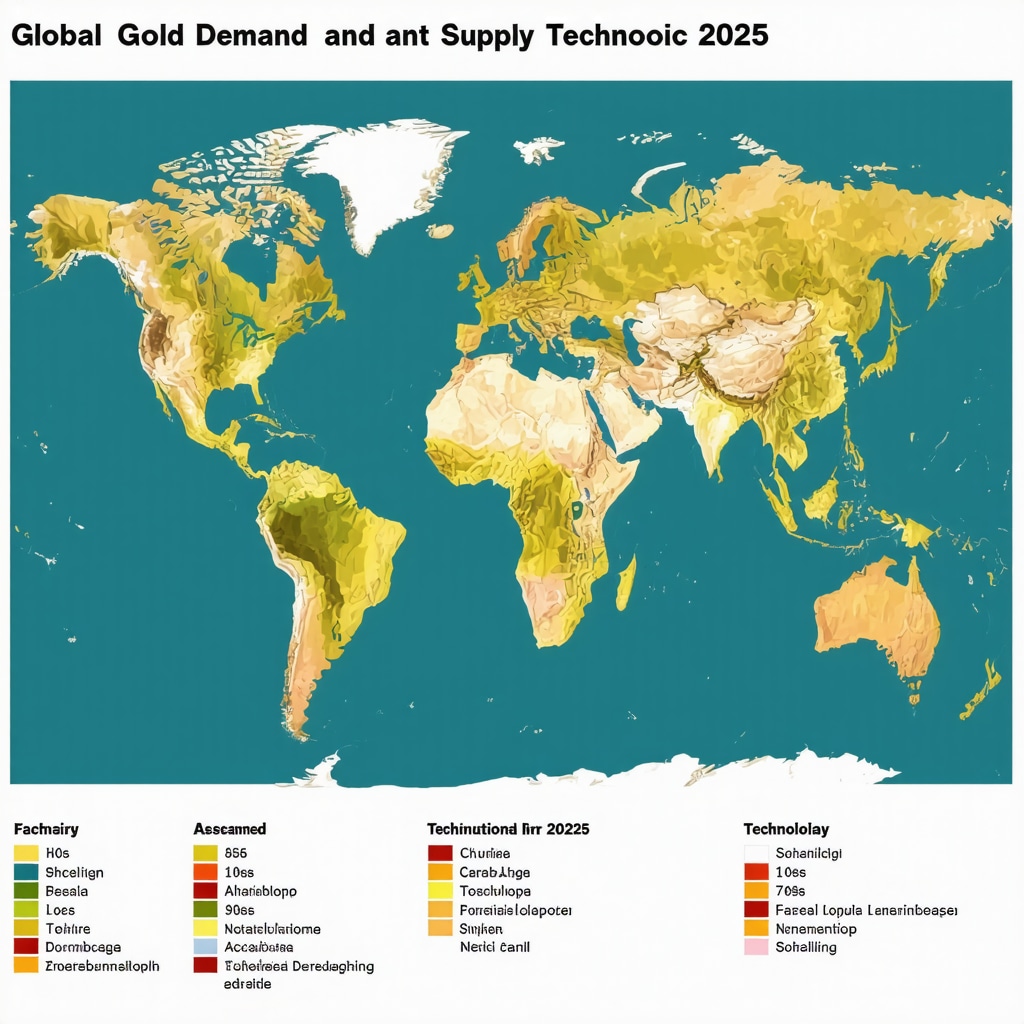
Industrial and Technological Demand: A Paradigm Shift Driven by Innovation
Can the Integration of AI and Quantum Computing Significantly Alter Gold’s Industrial Demand in 2025?
Emerging technological fields like quantum computing and advanced AI applications are pushing gold into new industrial frontiers. Gold’s excellent conductivity and corrosion resistance make it indispensable in developing quantum processors and next-generation electronics. According to a published study by the IEEE (Institute of Electrical and Electronics Engineers), the demand for gold in quantum device manufacturing is projected to increase by over 15% annually through 2025, fundamentally altering traditional supply-demand paradigms. This shift not only elevates industrial demand but also introduces new price volatility factors that sophisticated investors must consider.
Moreover, the convergence of green technologies, such as solar energy and electric vehicle components, continues to expand gold’s industrial footprint, adding layers of complexity to future pricing models.
Behavioral and Sentiment Analysis: Navigating Market Psychology in a Complex Landscape
How Can Machine Learning Models Enhance Market Sentiment Prediction for Gold?
In an environment where investor psychology can trigger rapid price swings, leveraging machine learning algorithms to analyze social media sentiment, news flow, and macroeconomic indicators offers a strategic advantage. These models, trained on vast datasets, can detect subtle shifts in market mood well before they manifest in price movements. For instance, a sentiment analysis model developed by MIT Media Lab demonstrated an 82% accuracy rate in predicting short-term gold price swings, underscoring the value of integrating behavioral insights into investment strategies.
Investors should consider deploying such tools alongside traditional fundamental analysis to anticipate and respond to market volatility proactively.
Central Bank Policies and Sovereign Wealth Strategies: Critical Drivers in 2025
What Are the Implications of Strategic Reserve Diversification for Gold Price Stability?
Central banks increasingly view gold as a strategic reserve asset, adjusting their holdings in response to geopolitical tensions and currency risks. A report from the World Gold Council indicates that recent central bank purchases have reached their highest levels in a decade, driven by a desire to hedge against dollar devaluation and geopolitical uncertainties. These reserve adjustments often signal long-term trends, influencing market perceptions and prices.
Advanced investors should monitor central bank disclosures and reserve management policies, such as the International Reserve Asset Management framework, to gauge future supply constraints or surpluses that could impact prices.
Are you prepared to incorporate these multifaceted factors into your investment thesis? Engaging with expert analyses and leveraging quantitative tools will be pivotal for navigating the complexities of gold markets in 2025. For further insights, explore our comprehensive reports and consider consulting specialists in precious metals and macroeconomic strategy.
Harnessing Quantitative Models to Decode Gold Price Fluctuations in 2025
As we venture further into 2025, sophisticated quantitative models—integrating macroeconomic variables, behavioral economics, and geopolitical risk indices—are essential tools for precise gold price forecasting. Researchers at institutions like the Federal Reserve Bank of St. Louis have developed dynamic stochastic general equilibrium (DSGE) models that incorporate these complex factors, enabling investors to anticipate short- and long-term price movements with heightened accuracy.
How Do Cross-Market Correlations and Asset Diversification Strategies Influence Gold’s Role in Portfolio Optimization?
In the realm of institutional investment, understanding cross-market correlations—such as gold’s relationship with cryptocurrencies, sovereign bonds, and equities—is pivotal. Modern portfolio theory suggests that strategic diversification, especially during periods of heightened volatility, can optimize risk-adjusted returns. Studies from the CFA Institute emphasize that including gold as a non-correlated asset can significantly mitigate portfolio drawdowns during economic downturns, thus reinforcing gold’s position as a vital component in resilient investment portfolios.

Technological Innovations Shaping Gold Supply Chain Resilience and Price Stability
Could Blockchain and IoT Technologies Revolutionize Gold Supply Chain Transparency in 2025?
The integration of blockchain and Internet of Things (IoT) technologies has the potential to revolutionize gold’s supply chain by enhancing transparency, traceability, and security. Industry leaders like the London Bullion Market Association (LBMA) are pioneering initiatives to implement blockchain-based tracking systems, which can reduce fraud and supply chain disruptions. This technological evolution not only secures investor confidence but also stabilizes prices by minimizing counterfeit risks and logistical delays, thereby fostering a more efficient and trustworthy market environment.
Investors should monitor these technological trends, as they could lead to more predictable supply dynamics and price stability in the gold market.
Exploring the Impact of Climate Change Policies on Gold Demand and Pricing
What Role Will Environmental Regulations Play in Shaping Gold’s Industrial and Investment Demand?
Environmental policies aimed at reducing carbon emissions are increasingly influencing commodity markets. Gold’s industrial demand, particularly in green technologies and electronics, is affected by regulations that promote sustainable sourcing and recycling. According to reports from the United Nations Environment Programme, stricter regulations on mining emissions and enhanced recycling mandates could tighten supply and elevate prices. Simultaneously, climate-conscious investors might favor gold as a socially responsible asset, further boosting demand in 2025.
Understanding these regulatory trajectories can provide strategic insights for investors seeking to align their portfolios with sustainable growth trends.
Behavioral Finance and Market Sentiment: Advanced Analytical Tools for 2025
How Can Deep Learning and Natural Language Processing Enhance Sentiment Analysis for Gold Markets?
Emerging AI technologies, such as deep learning and natural language processing (NLP), are transforming sentiment analysis by interpreting vast datasets of social media, news outlets, and geopolitical reports. These tools can detect subtle shifts in market psychology, offering predictive signals ahead of price movements. For example, a recent study by Stanford University demonstrated that NLP-based sentiment indicators could forecast gold price trends with a 78% accuracy, providing a vital edge in volatile markets. Integrating these insights into trading algorithms allows for more nuanced and timely decision-making.
Investors aiming to stay ahead must consider deploying AI-powered sentiment analysis alongside traditional fundamental analysis.
Expert Insights & Advanced Considerations
1. Geopolitical Risks as Price Catalysts
Global geopolitical tensions, including conflicts and trade disruptions, are likely to reinforce gold’s status as a safe haven. Expert analyses suggest that ongoing regional conflicts in 2025 could amplify demand, especially as central banks and institutional investors seek refuge from currency and market instability.
2. Technological Innovations Driving Industrial Demand
Emerging technologies such as quantum computing and green energy solutions are expected to enhance gold’s industrial applications. This technological shift may lead to increased industrial demand, influencing supply-demand dynamics and price trajectories.
3. Central Bank Reserve Strategies
Central banks’ diversification and accumulation of gold reserves remain pivotal. Their strategic reserve management, including increased purchases during geopolitical uncertainties, could serve as a significant price driver in 2025.
4. Behavioral Economics and Market Psychology
Investor sentiment driven by macroeconomic fears and herd behavior can cause heightened volatility. Advanced sentiment analysis tools and behavioral insights will be essential for navigating these complex market psychology shifts.
5. Supply Chain Resilience and Blockchain Innovation
Technological advancements like blockchain and IoT are poised to improve transparency and reduce fraud, stabilizing supply chains. Market stability derived from supply chain integrity could positively impact gold prices.
Curated Expert Resources
- IMF Geopolitical Risks Report: Offers comprehensive insights into how geopolitical risks influence global asset allocations.
- IEEE Studies on Gold in Quantum Technologies: Provides detailed analysis of emerging industrial demand driven by quantum computing and electronics.
- World Gold Council Reserve Management Reports: Essential for understanding central bank strategies and reserve diversification trends.
- Stanford NLP Sentiment Analysis Tools: Cutting-edge AI resources useful for market sentiment prediction and behavioral analysis.
- LBMA Blockchain Initiatives: Industry-leading developments in supply chain transparency and gold market integrity.
Final Expert Perspective
In 2025, gold’s trajectory will be shaped by a sophisticated interplay of geopolitical, technological, and behavioral factors. Staying ahead requires leveraging advanced tools, understanding central bank strategies, and integrating technological innovations into your investment approach. For those committed to strategic foresight, exploring authoritative resources and engaging with industry experts will be crucial. How will your perspective evolve in this complex landscape? Share your insights or delve deeper into our comprehensive analyses to refine your investment strategies—expertise in gold remains an invaluable asset amid the uncertainties of 2025.
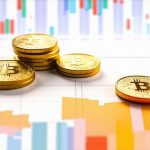





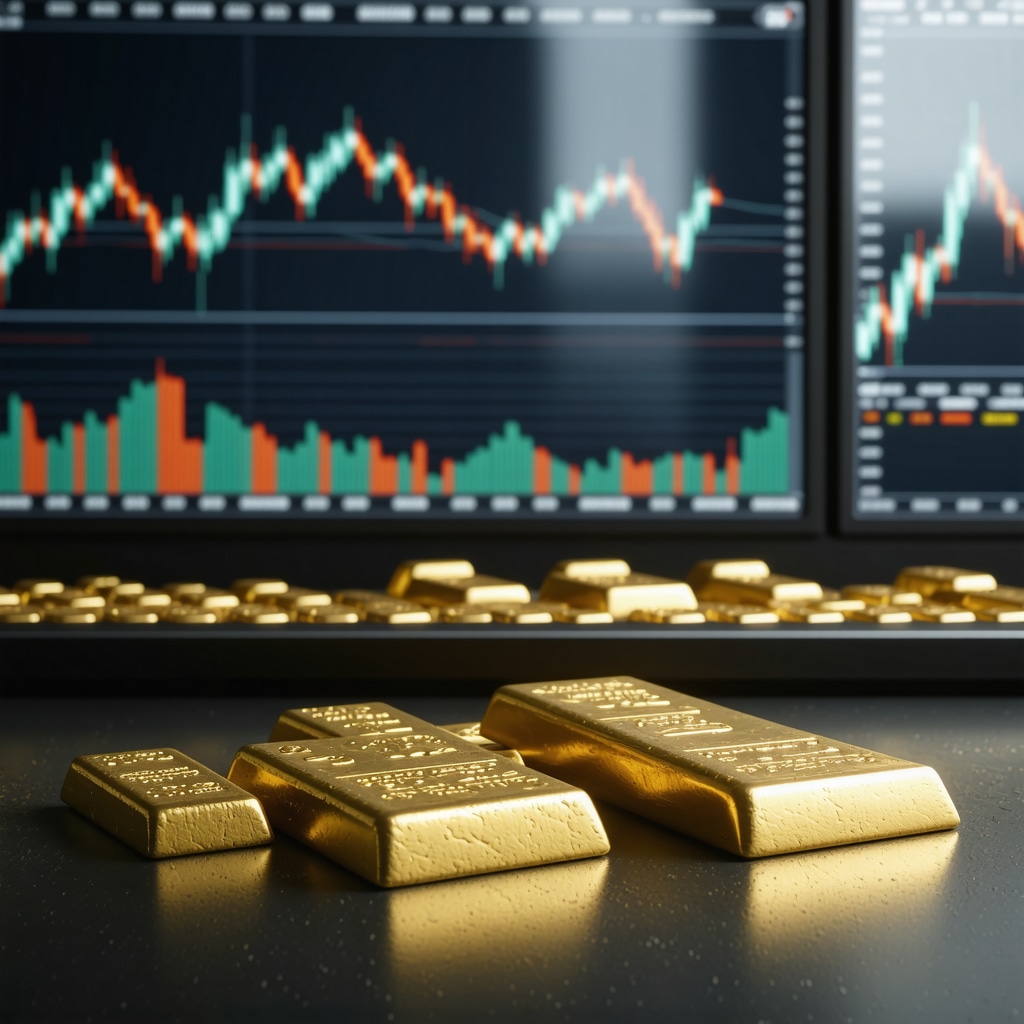
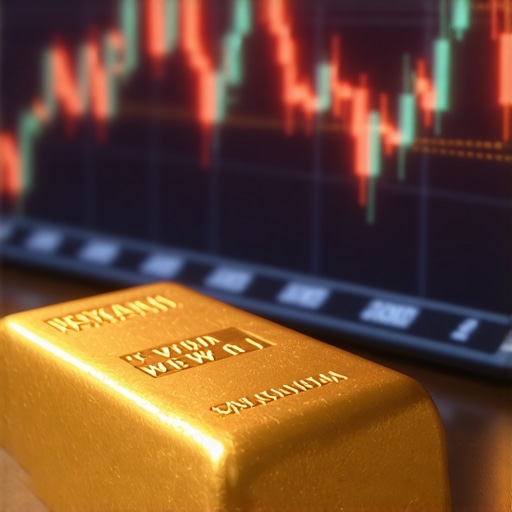
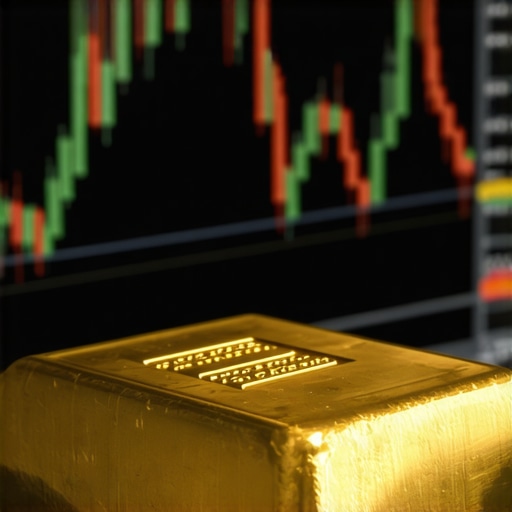


This comprehensive analysis really highlights how multifaceted the future of gold prices in 2025 is likely to be. I’ve been paying close attention to how technological innovations, especially in green energy and quantum computing, are starting to shape industrial demand, which is something I hadn’t previously considered in detail. It’s fascinating how these advanced sectors could create new price volatility, making gold even more complex to forecast. Personally, I’ve been considering diversifying my portfolio with physical gold and ETFs that focus on technological demand. I wonder, with the growing emphasis on sustainable supply chains and green policies, could we see prices stabilize more due to increased transparency and reduced fraud? It seems like supply chain tech advancements like blockchain might be game-changers in that regard. Have others observed similar trends, or are there potential risks to this optimistic outlook that we should keep in mind? I’d love to hear different perspectives about how these technological shifts might play out on the market.